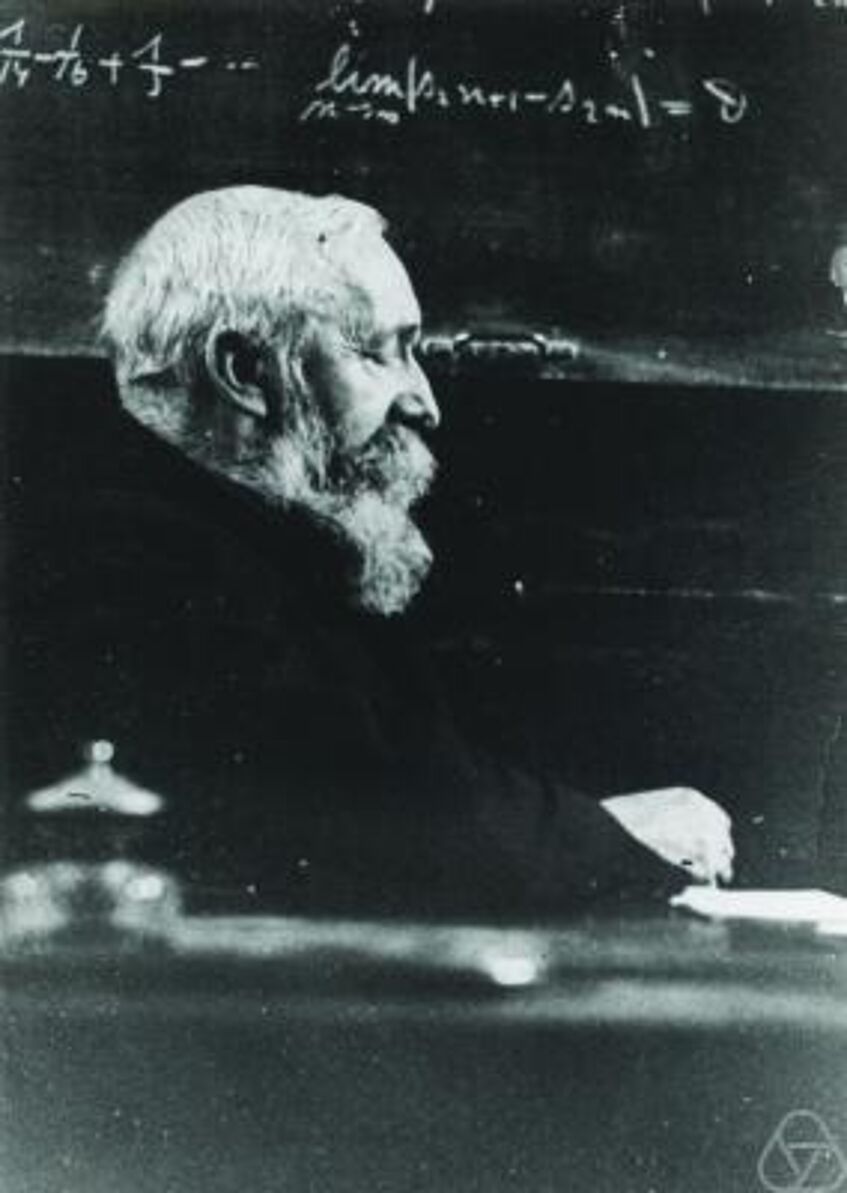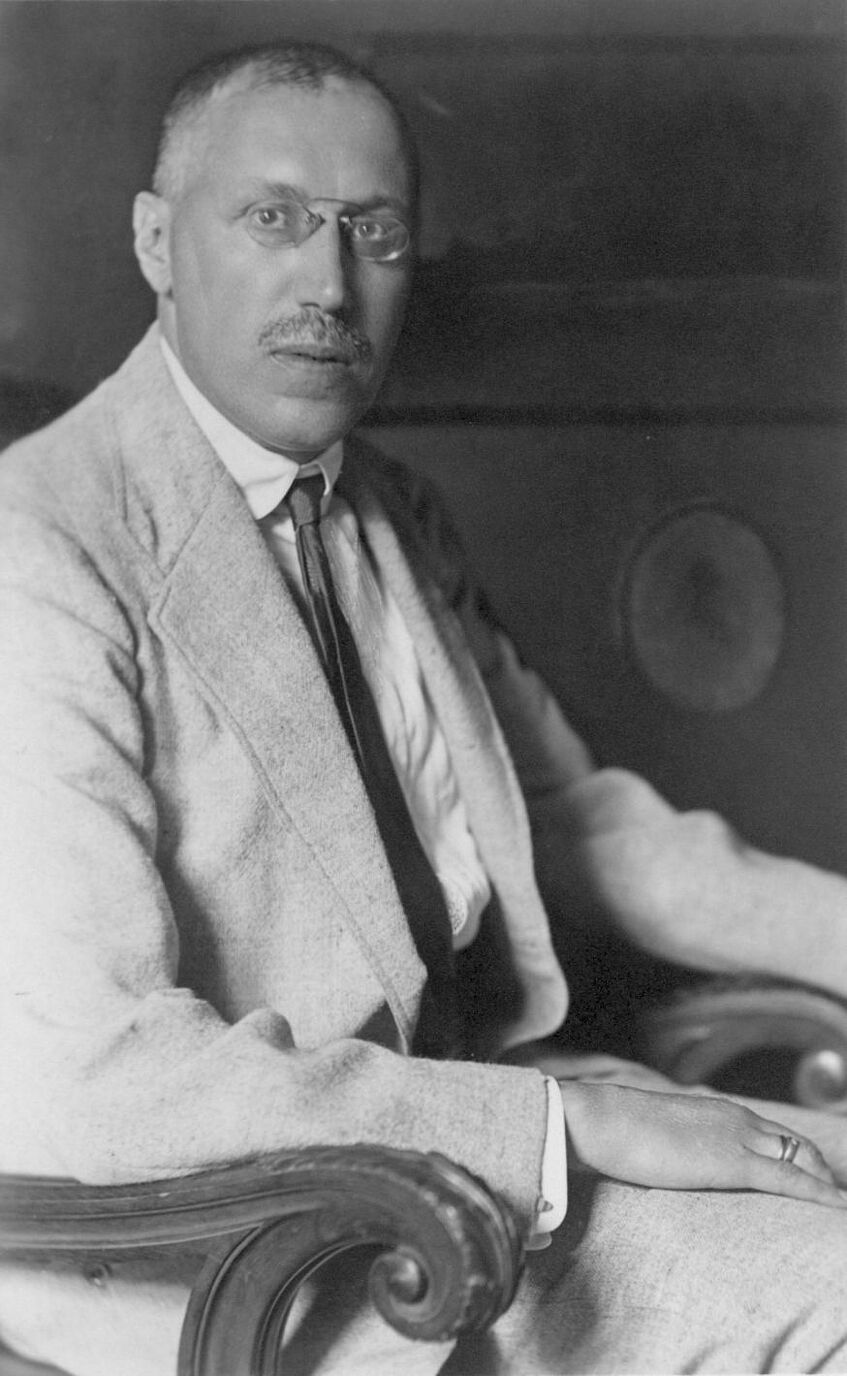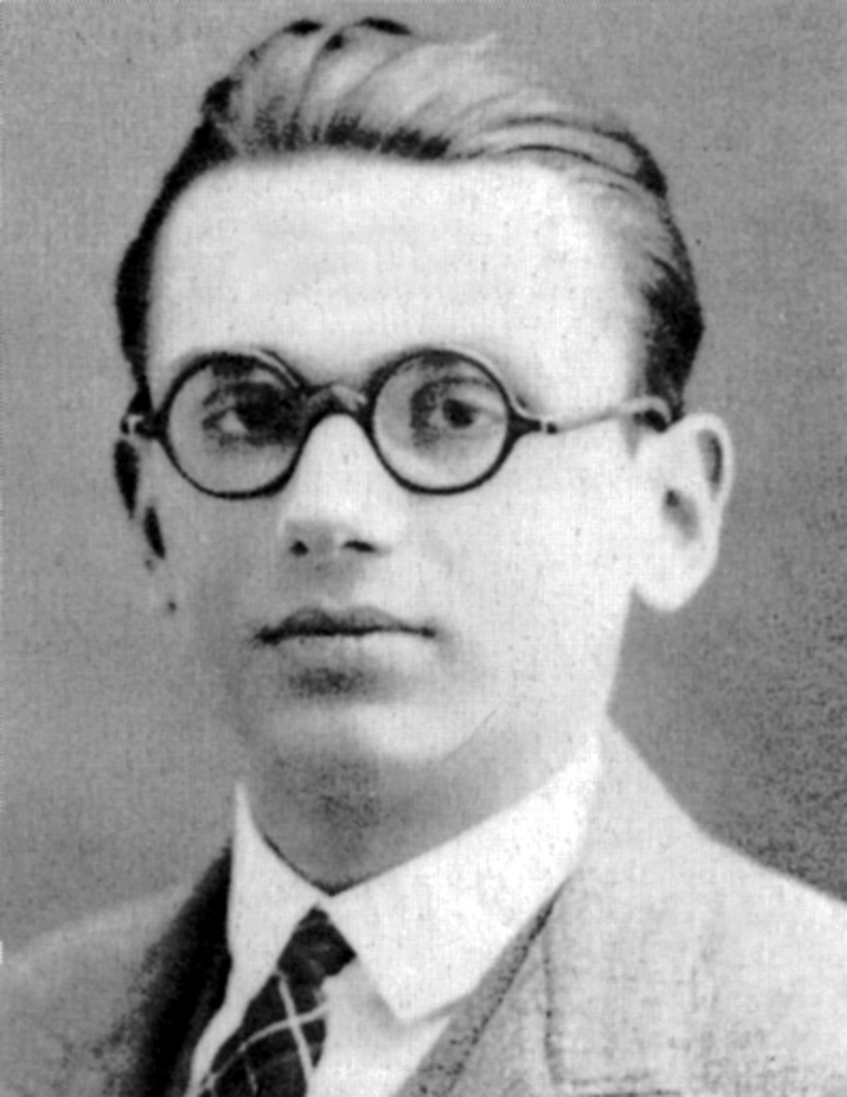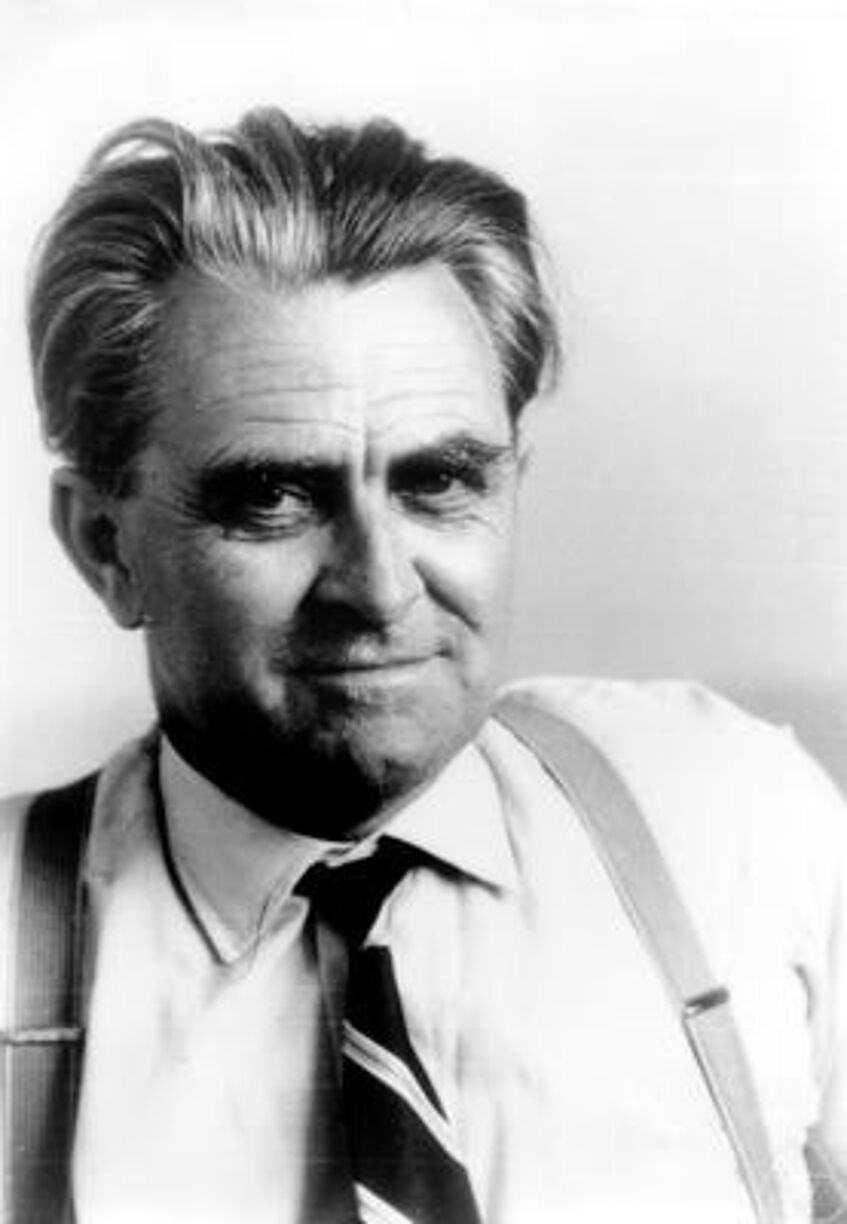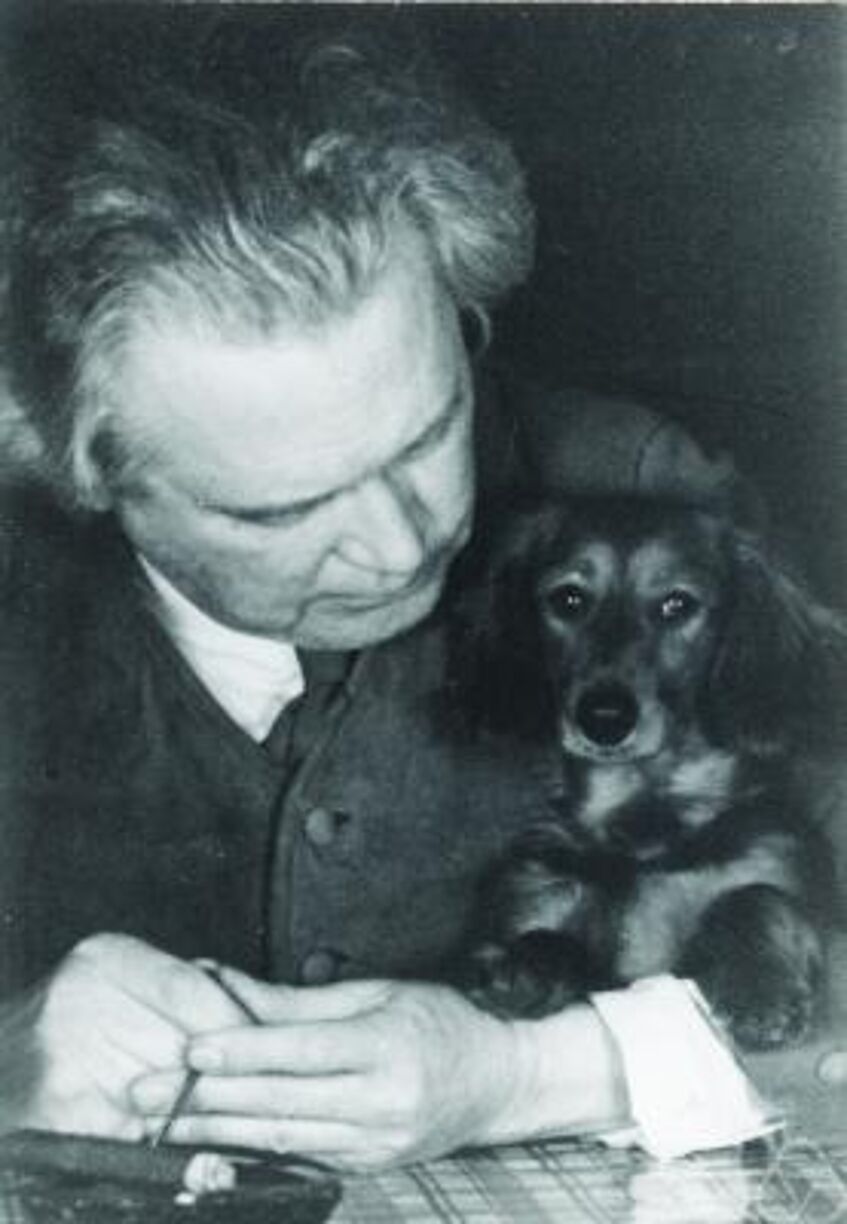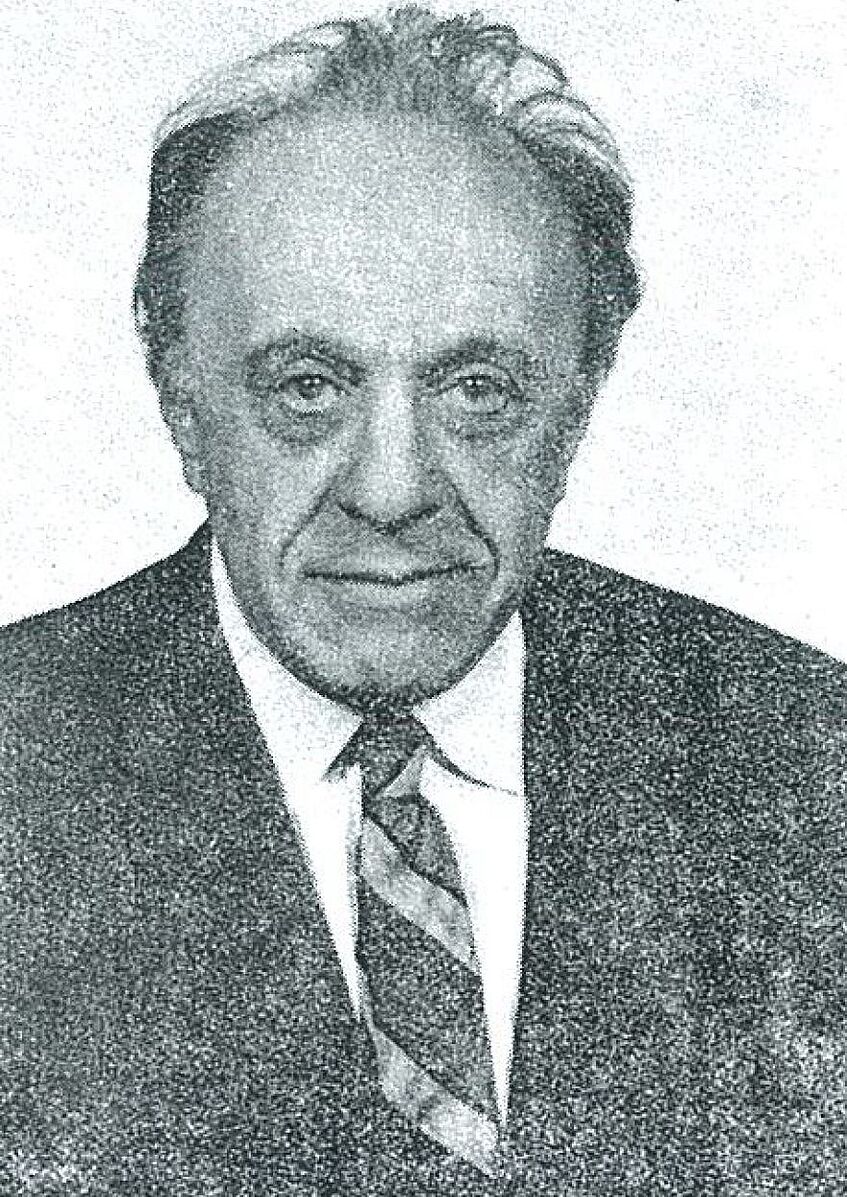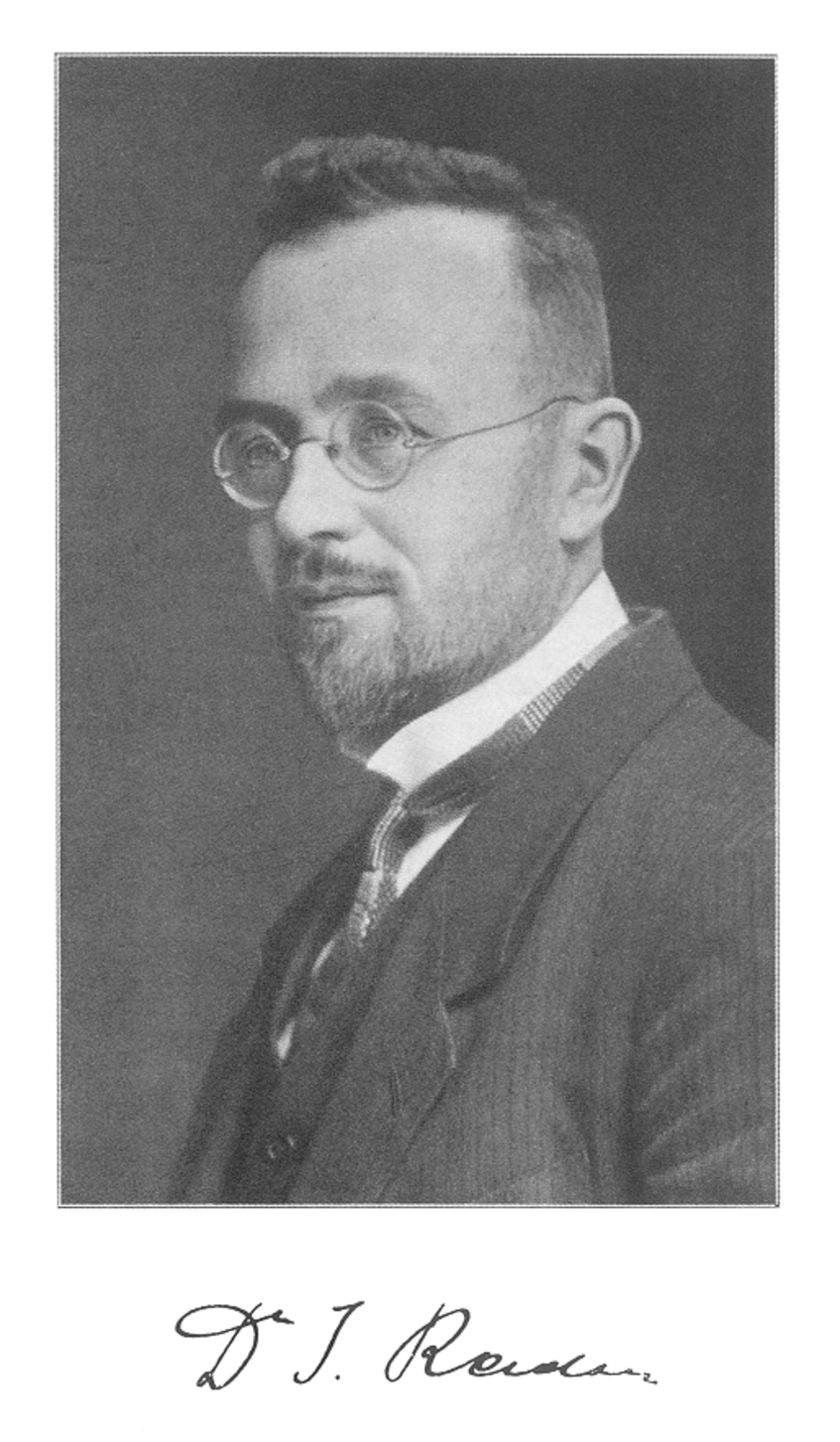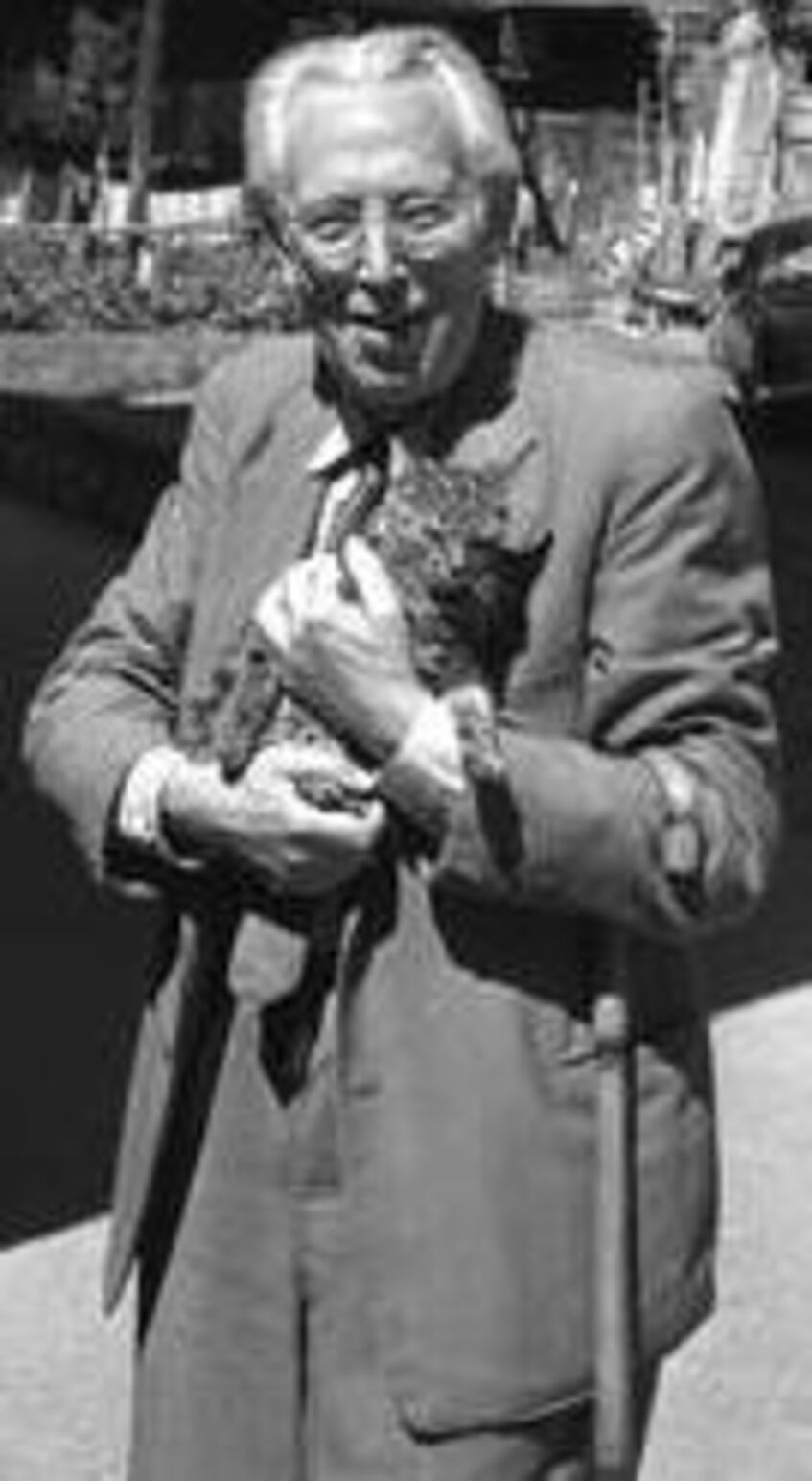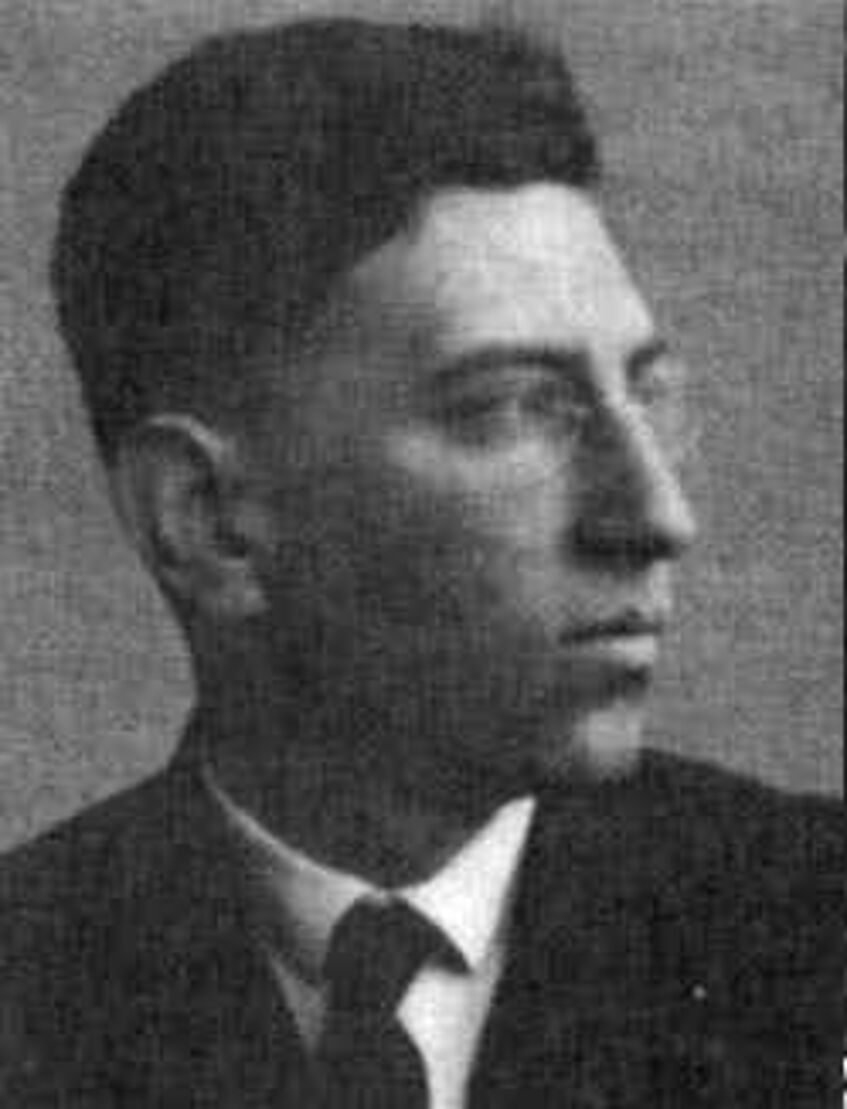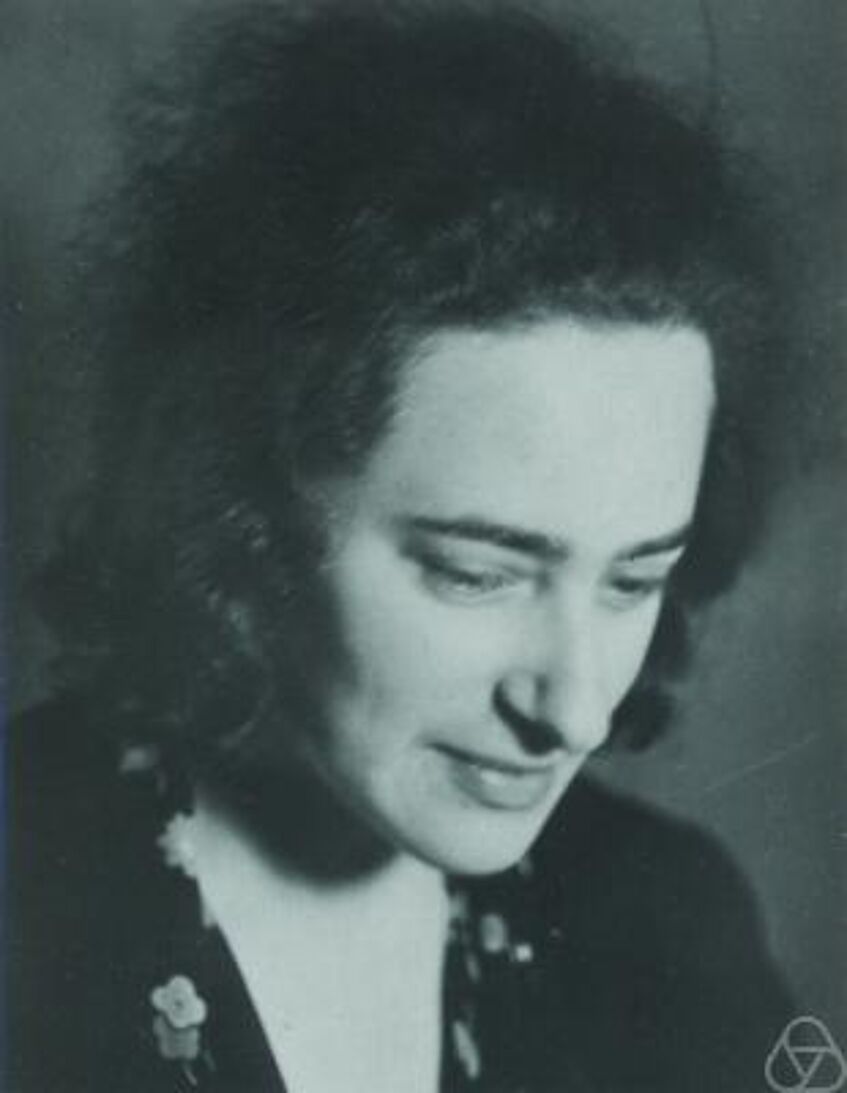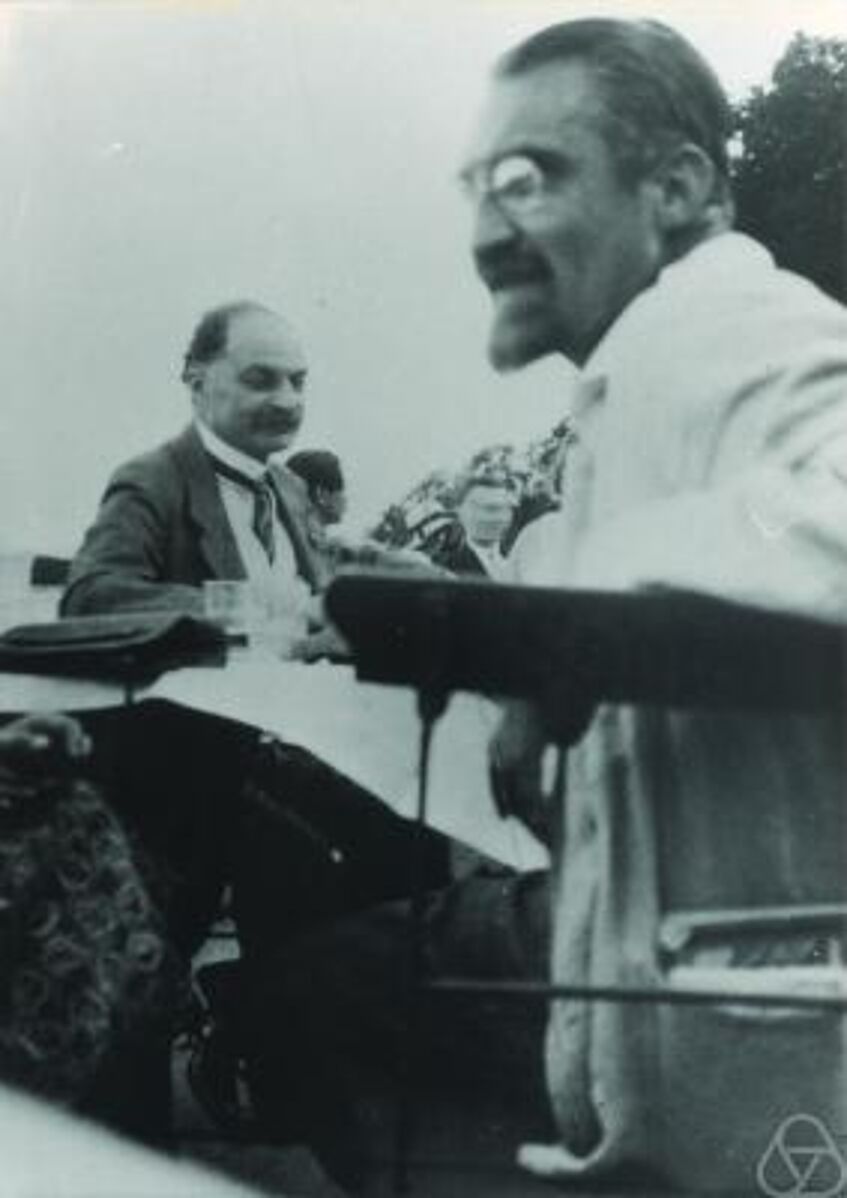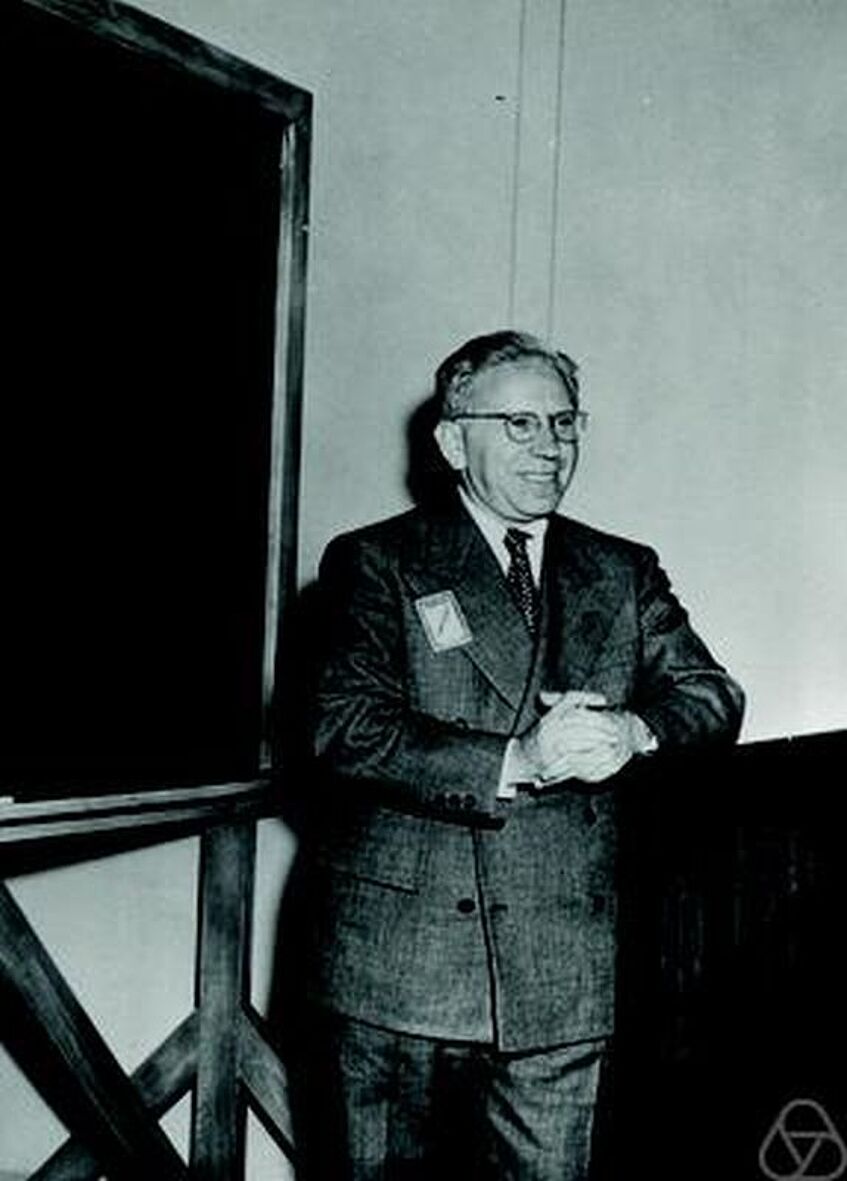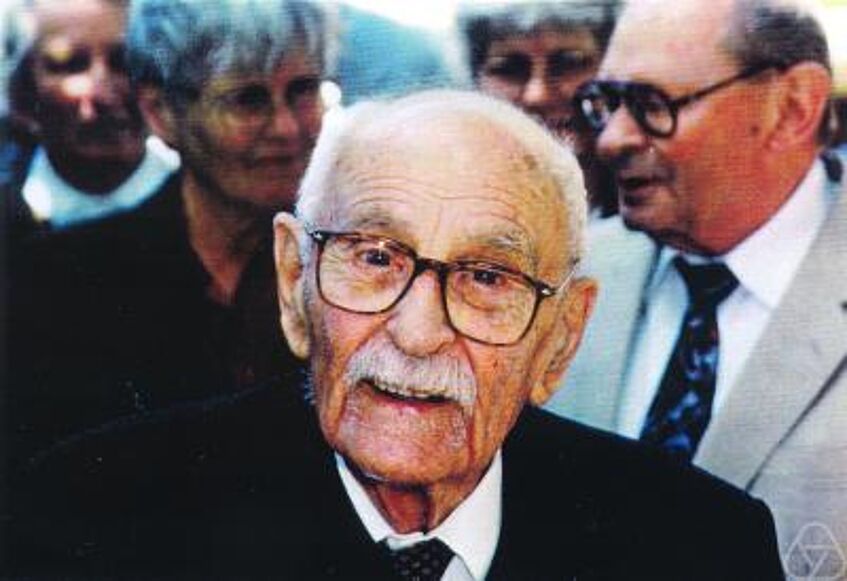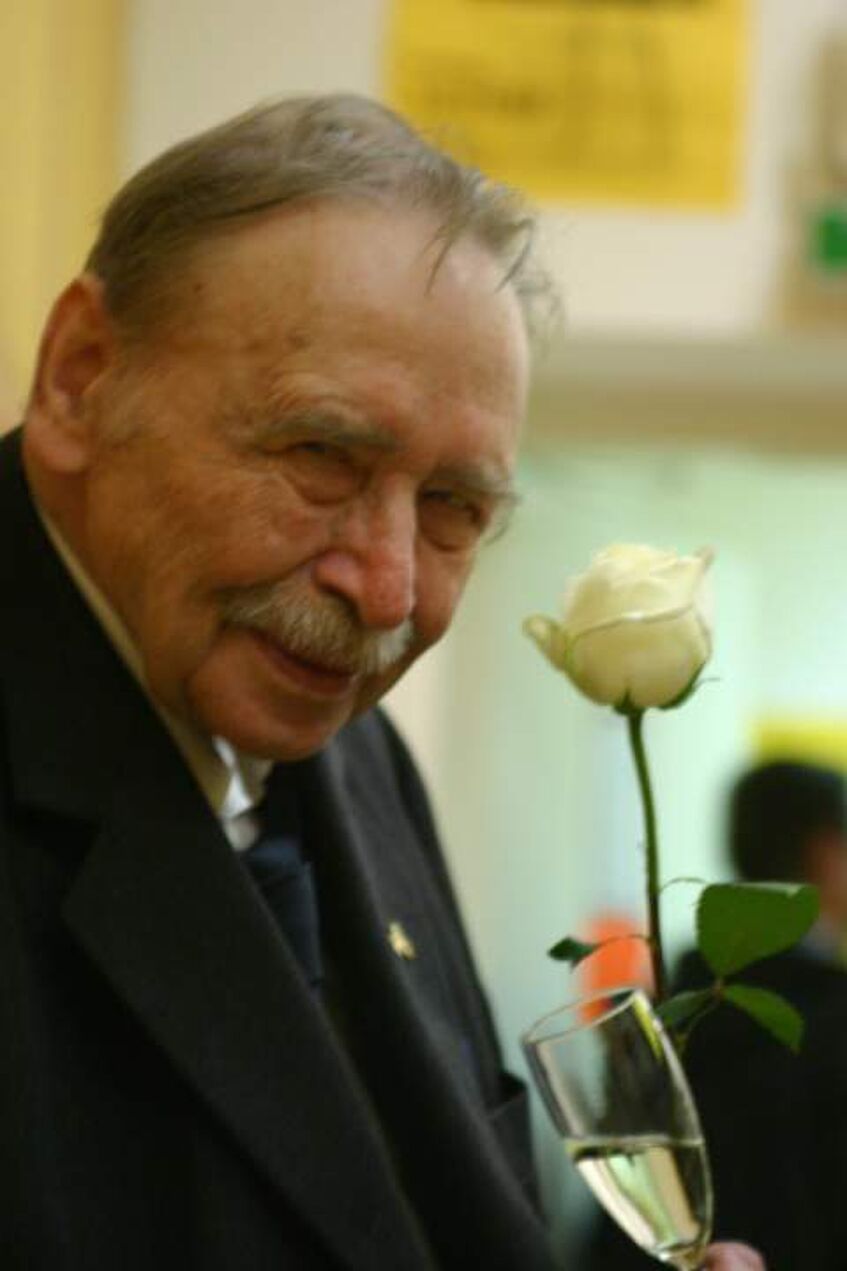History

Wikipedia Links
Heinrich Tietze (rechts), zusammen mit Fritz Hartogs
The history of mathematics at the University of Vienna traces back to the founding year of the University of Vienna, 1365. As a part of the education in the Artistic Faculty, mathematics was, right from the beginning, an integral part of university life in Vienna. Among the most important mathematicians in that time were Johann von Gmunden, Georg von Peuerbach and in particular Johannes Müller von Königsberg, who later became known, and famous, under the name of his region of origin, Regiomontanus. He was perhaps the leading mathematician of his time. His trigonometric tables went along with Christopher Columbus on his trip to the "New World".
In the following period, until the end of the 17th century, several famous mathematicians worked at the University of Vienna. For instance, the "mathematical poet" Konrad Celtis, Johann Stabius who desigend the first (heart-shaped) area preserving map, and Paul Fabricius, one of the main universal scientists of his time. From 1623 on, the former artistic and then philosophical faculty was lead by the order "Society of Jesus", which stopped progress in mathematics. After the cancellation of the order in 1773 mathematics in Vienna recovered slowly. The most important mathematicians of that time were Georg von Vega, whose "logarithmisch-trigonometrisches Handbuch" had more than 80 editions, and Joseph Petzval. Petzval lived from 1807 to 1891, was Professor of Mathematics, Mechanics, and Geometry in Vienna, and was probably the first in Vienna to work in the field of industrial mathematics. He designed the so-called Petzval lense for cameras, which was used by Voigtländer from 1841 on, and was the most sucessful lense of that time.
While there was originally one professor of mathematics, over the centuries the number of professors in mathematics at the University of Vienna grew gradually up to finally three at the end of the 19th century. In this time, more precisely, in the year 1876, the "Mathematisches Seminar" was founded, mainly at the instigation of Ludwig Boltzmann, then professor of mathematics. Subsequently, mathematics at the University of Vienna witnessed a time of outstanding prosperity, when the professors Franz Mertens, and later Wilhelm Wirtinger, Philipp Furtwängler and Hans Hahn worked with the students and Dozenten Kurt Gödel, Eduard Helly, Witold Hurewicz, Walther Mayer, Karl Menger, Johann Radon, Kurt Reidemeister, Otto Schreier, Gabor Szegö, Alfred Tauber, Olga Taußky1, Heinrich Tietze and Leopold Vietoris (he died April 10, 2002, shortly before his 111th birthday). This time of prosperity ended suddenly, because of the decease of Hahn, the retirements of Furtwängler and Wirtinger, and the growing influence of National Socialism.
This grave collapse could only be overcome by rehiring Johann Radon, and through the work and the activities of personalities such as Edmund Hlawka, Leopold Schmetterer, Wolfgang Schmidt, and a few others, such as Rektor (President of the University) Nikolaus Hofreiter, an excellent organizer.
The years since the 1990s have seen a strongly soaring Department of Mathematics. New ideas have been set forward, and, particularly through hiring of new faculty, areas which were previously not so well represented are now well established at the department. Now several internationally recognized research groups exist. In addition, a world-class program in mathematical logic has been created at the nearby Institute for Formal Logic.
During the reorganization of the University of Vienna in the first half of 2004, it was decided that the former Institutes of Mathematics and of Formal Logic would together become one of the 15 faculties of the university.
1 Olga Taußky-Todd was the first famous female Austrian mathematician. However, the first woman to receive a PhD at the Institute for Mathematics was Cäcilie Wendt (In fact, she was even the first female to receive a PhD in what today forms the faculty of science, and the third woman at the University of Vienna. More appropriately, she can be considered the first since the previous two graduates pursued their studies primarily abroad.) who received her PhD in 1900. (It was only in 1923 in Innsbruck that a female scholar received a PhD in mathematics in Austria outside of the University of Vienna.)

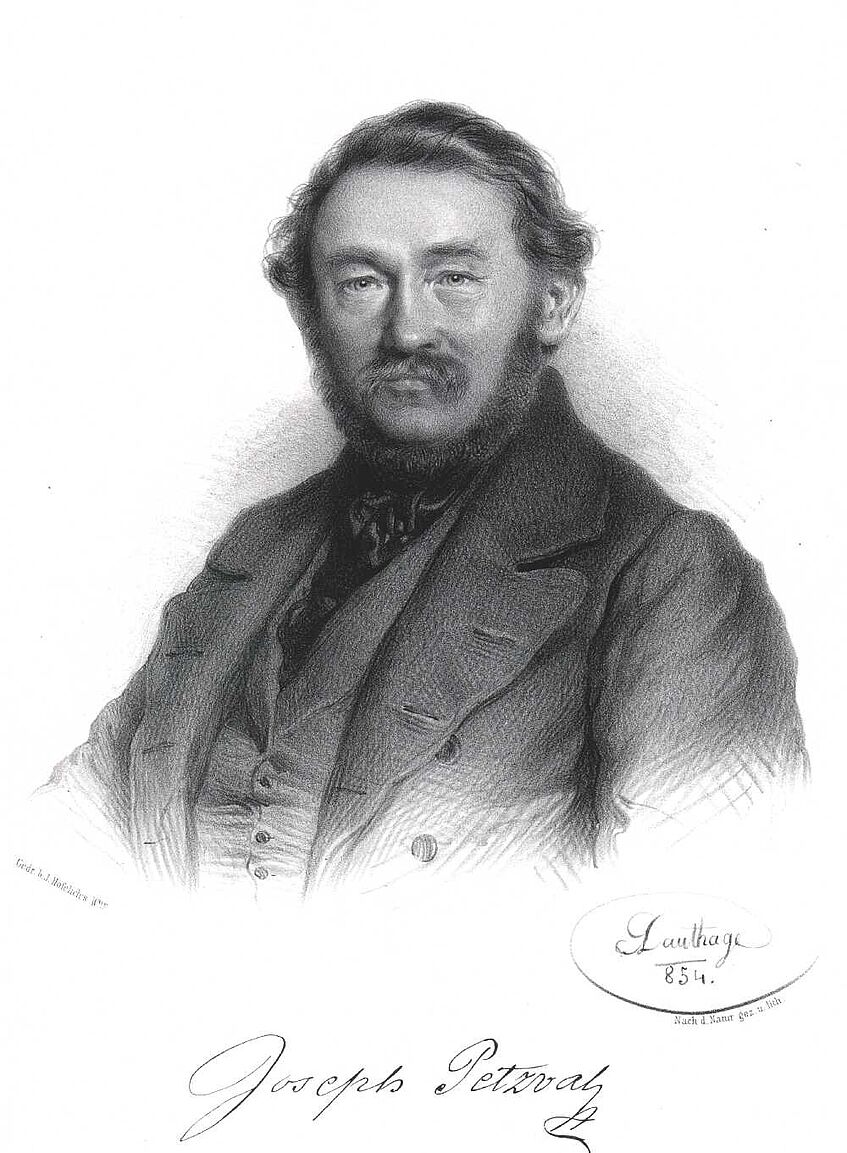
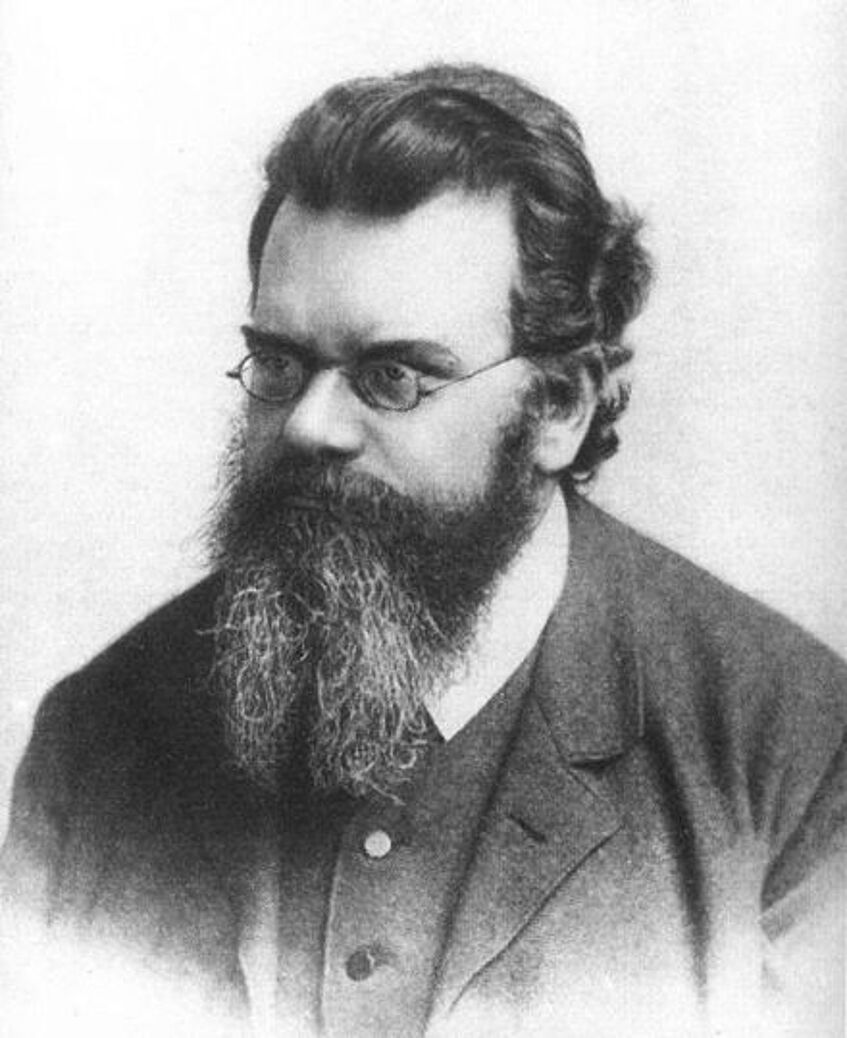
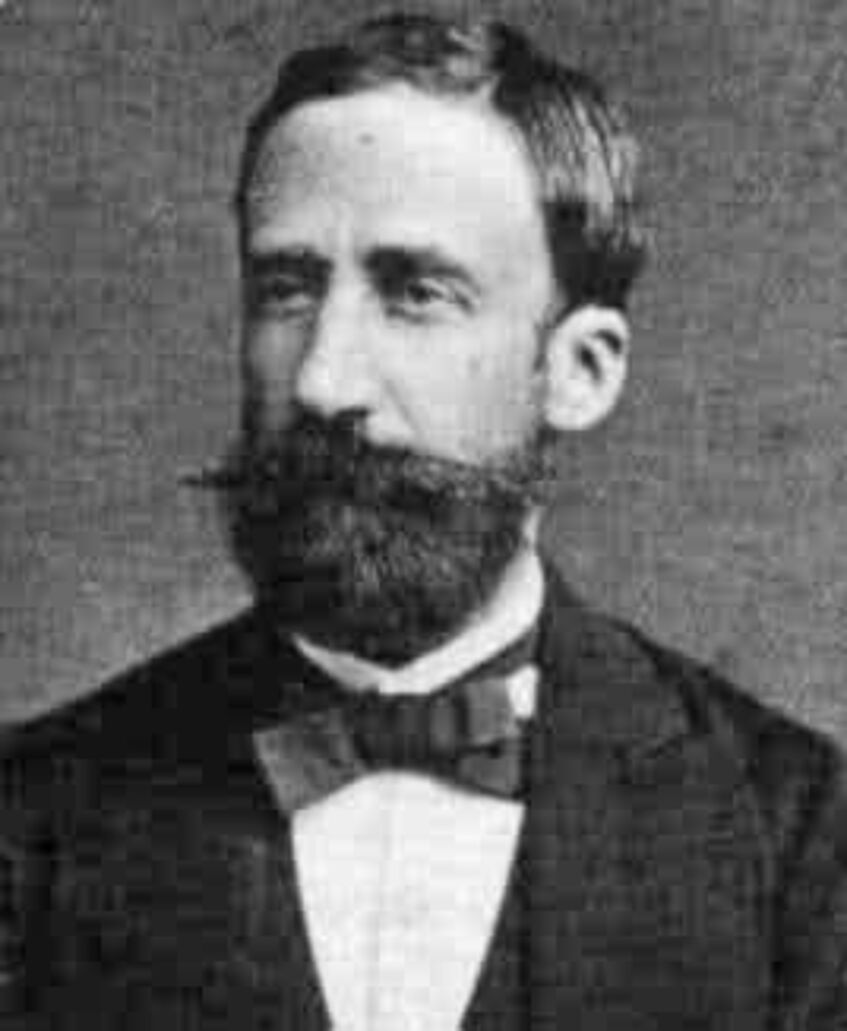
![Von User Magnus Manske on en.wikipedia - Originally from en.wikipedia; description page is (was) here08:54, 8 June 2004 Magnus Manske 465x626 (42,289 bytes) ({{PD}}, from [http://web4.si.edu/sil/scientific-identity/display_results.cfm?alpha_sort=W here]),](/fileadmin/_processed_/csm_Wilhelm_Wirtinger_76455b5d0a.jpg)
